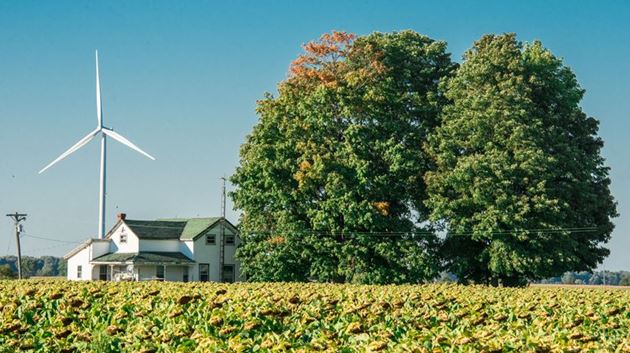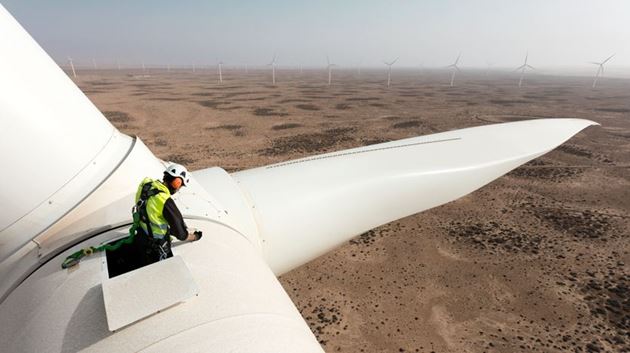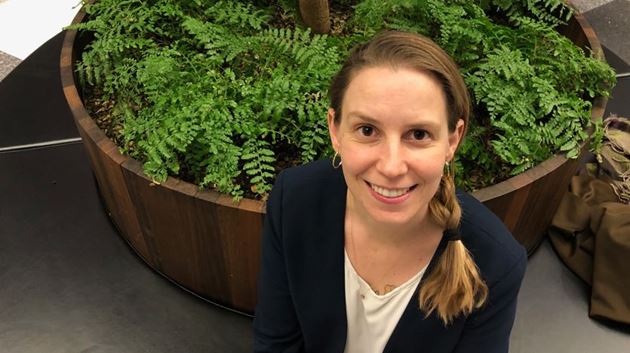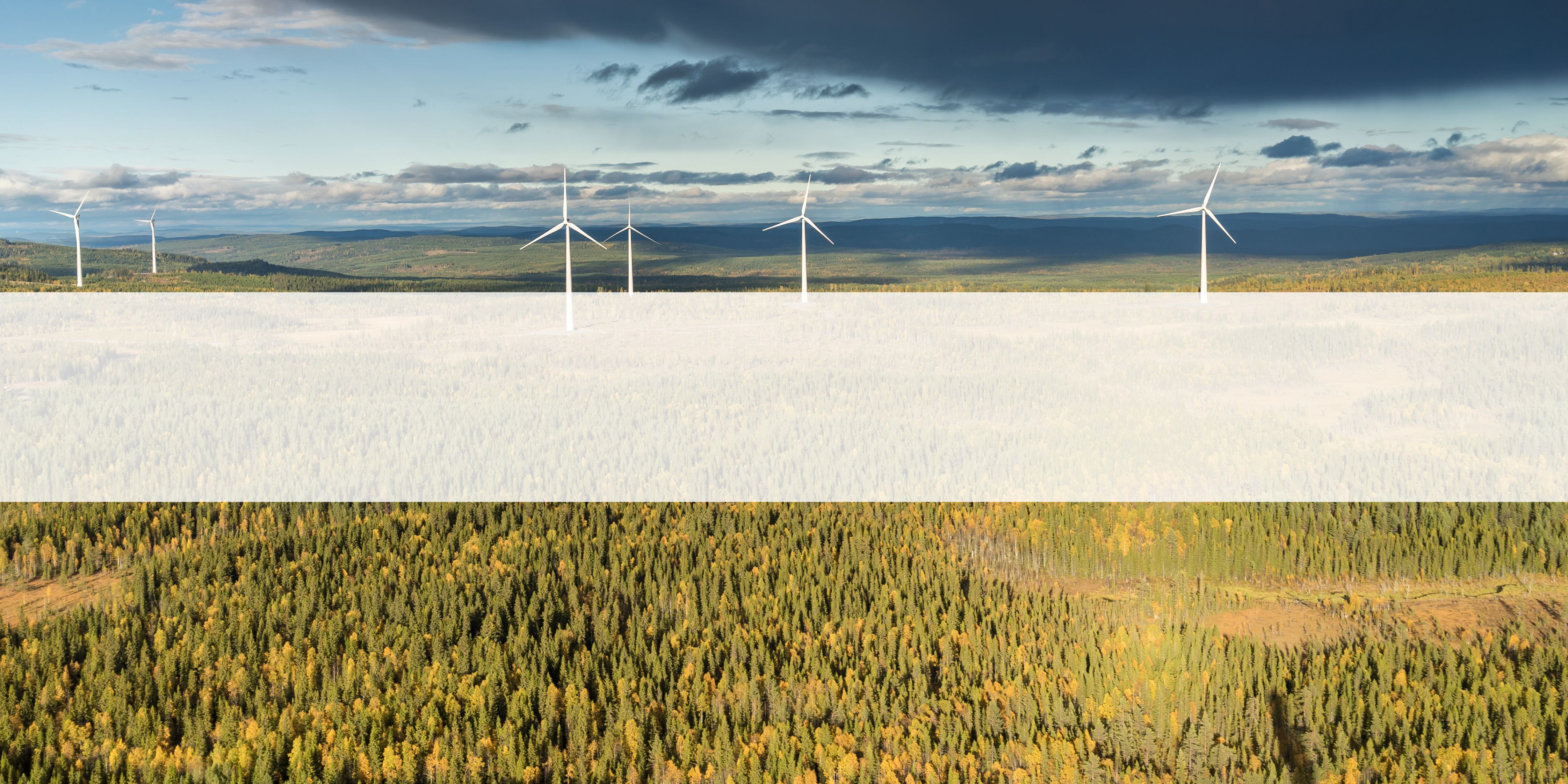
Sweden, an early adopter tackling climate change
Madrid / 2 April 2020
Scandinavian countries have always been pioneers in adopting new technologies to generate clean, safe and competitive energy. This has helped them to balance high levels of electricity consumption with relatively low emissions. The two first orders of the Siemens Gamesa 5.X turbine platform carry on this tradition, introducing one of the most powerful turbines on the market to the country with a rotor diameter larger than the wingspan of Airbus’s gigantic A380.
Scandinavian countries have always been pioneers in adopting new technologies to generate clean, safe and competitive energy. This has helped them to balance high levels of electricity consumption with relatively low emissions. The two first orders of the Siemens Gamesa 5.X turbine platform carry on this tradition, introducing one of the most powerful turbines on the market to the country with a rotor diameter larger than the wingspan of Airbus’s gigantic A380.
Onshore Communications Business Partner
With over 13,000 kWh per capita, Sweden is one of the largest electricity consumers in the world, indeed more than double the EU average, according to data from the International Energy Agency (IEA). Besides having a robust economy, the country also experiences long winters and periods in which its capital, Stockholm, scarcely has five and a half hours of sunlight each day. These factors mean that consumption is naturally higher.
Despite this, the CO2 emissions per capita of this Scandinavian country are well below the EU average. The country seems to be one step ahead of the rest in solving one of the biggest challenges of our time: generating the electricity that the economy needs to grow at the same time as reducing CO2 emissions released into the atmosphere.
“The country’s energy mix has historically been dominated by nuclear and hydroelectric energy. However, the government has set a target of making all the energy the country consumes to be renewable by 2040, with wind playing an essential part of that. In fact, wind technology has progressed more than any other source to make up 11% of the current energy mix,” said Mikael Nielsen, Siemens Gamesa Head of Sales for North Europe & UK/IE.
“The country’s energy mix has historically been dominated by nuclear and hydroelectric energy. However, the government has set a target of making all the energy the country consumes to be renewable by 2040, with wind playing an essential part of that. In fact, wind technology has progressed more than any other source to make up 11% of the current energy mix,” said Mikael Nielsen, Siemens Gamesa Head of Sales for North Europe & UK/IE.
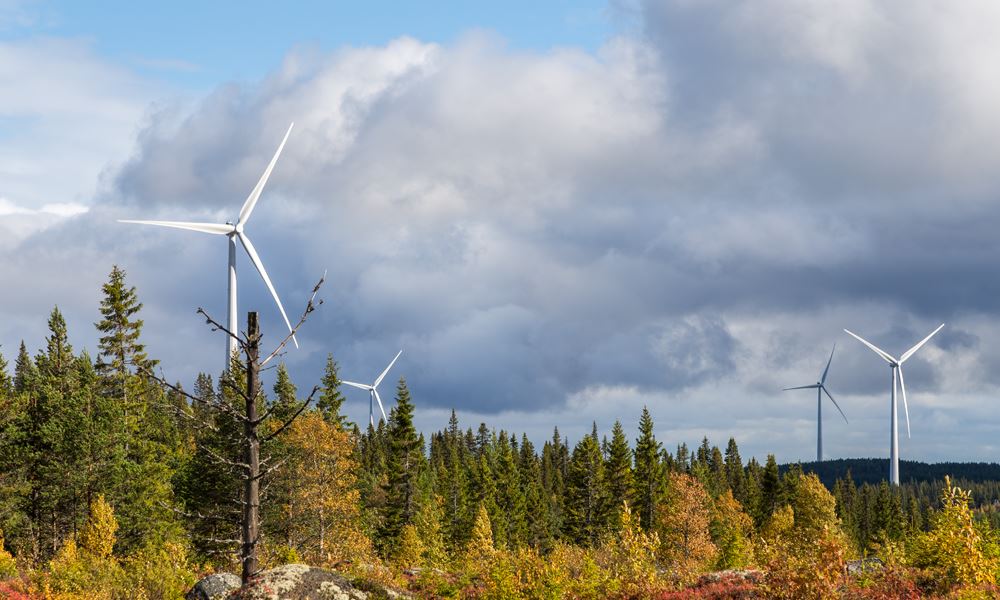
“At first, the success of wind energy was based on the government’s ambitious objective and the green certificates mechanism which was put in place in 2003. But now the situation has changed and it’s the competitiveness of this technology that is helping it to grow, along with the good wind conditions and the availability of land thanks to a low-density population. Economic stability and an ecosystem of developers, investors and suppliers have also helped,” noted Hans Carlsson Siemens Gamesa Managing Director for Sweden, Finland and Lithuania.
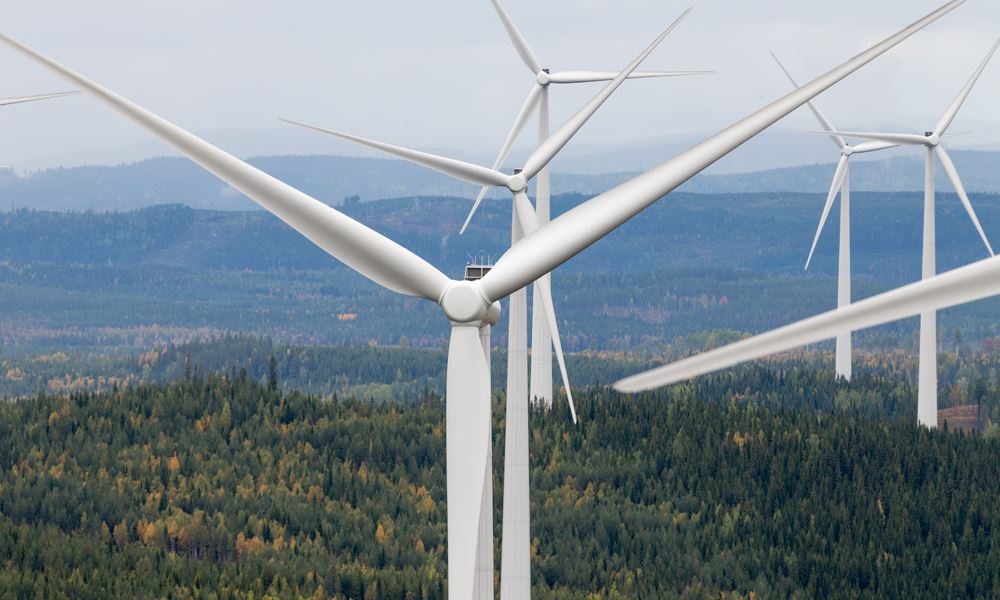
On top of that is Sweden’s capacity to lead in adopting new technologies capable of generating clean, reliable and competitive energy. Is this solely down to the spirit of innovation in its society? In part, says Annike Soerensen, Technical Sales Manager, but there are also other reasons: “With regards to wind energy, the country has excellent wind resource and a very advanced permitting process which practically only establishes limits over noise and the height of the tip of the blades. This means that the latest technologies that come on to the market can easily be adopted and they help to drive decarbonization and a reduction in the cost of energy.”
For these reasons it is no surprise that the most advanced onshore technology in the market will be installed in Sweden before any other country. The Siemens Gamesa 5.X turbine has a capacity of 5.8 MW, one of the largest in the market, and rotors in a variant of 155 meters and 170 meters, the last being the largest rotor in the onshore market.
The SG 5.8-155 will make its debut at the Skaftåsen wind park in the Fågelsjö region. Siemens Gamesa will install 35 of these turbines with an operating capacity of up to 6.6 MW thanks advanced control strategies and technology. Meanwhile, the largest rotor model with the highest Annual Energy Production (AEP) on the market, will be rolled out at the Knöstad park being developed by Eurowind.
The two projects together will provide enough energy to meet the demand of 70,000 Swedes every year. And even more impressive than all, the 43 turbines will avoid the emission of 700,000 tons of CO2, or the equivalent of planting 11 million trees.
The SG 5.8-155 will make its debut at the Skaftåsen wind park in the Fågelsjö region. Siemens Gamesa will install 35 of these turbines with an operating capacity of up to 6.6 MW thanks advanced control strategies and technology. Meanwhile, the largest rotor model with the highest Annual Energy Production (AEP) on the market, will be rolled out at the Knöstad park being developed by Eurowind.
The two projects together will provide enough energy to meet the demand of 70,000 Swedes every year. And even more impressive than all, the 43 turbines will avoid the emission of 700,000 tons of CO2, or the equivalent of planting 11 million trees.
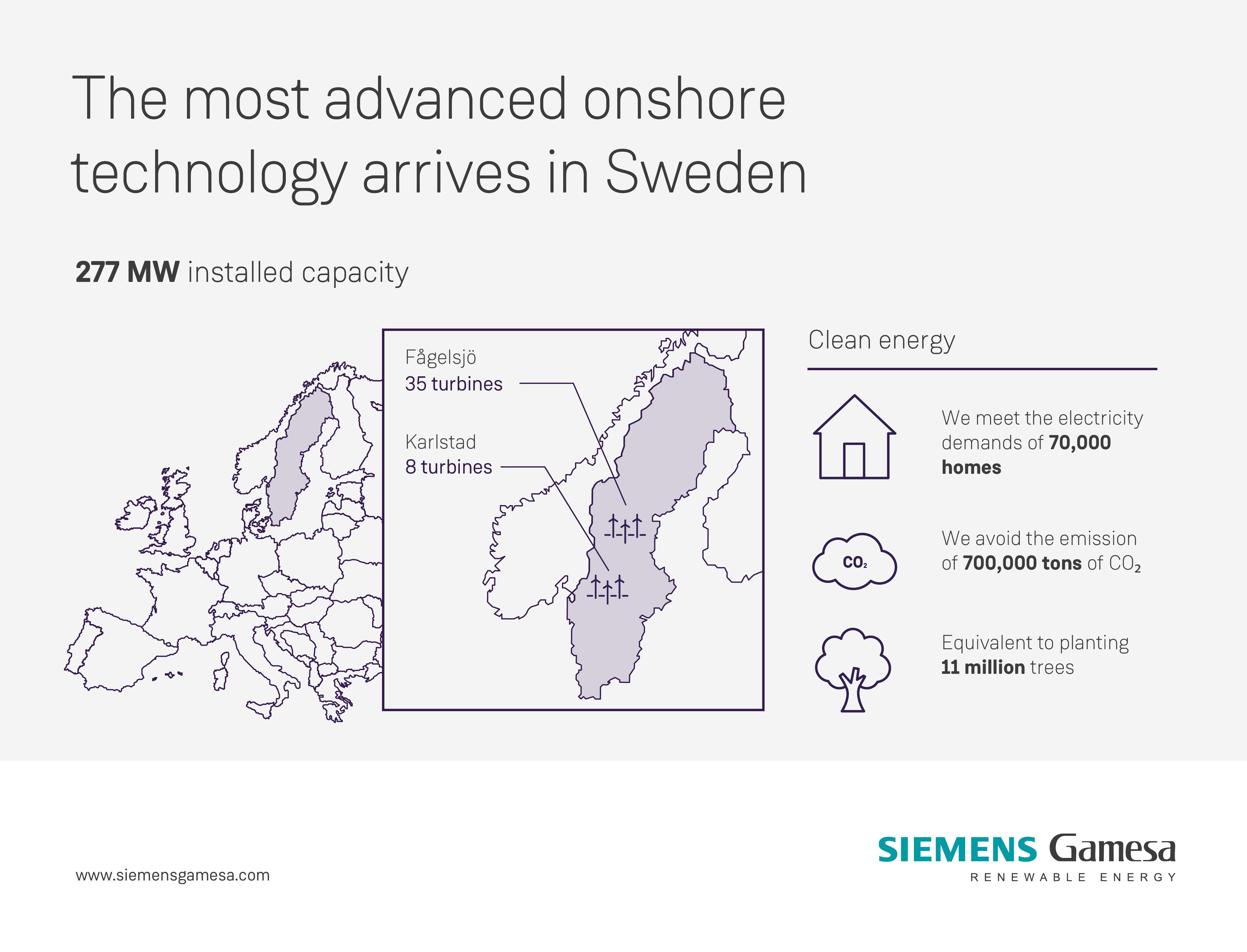
“Sweden is a very competitive market, where once you have met the requirements with regards to noise levels and the tip height of the blades, the main criteria is the cost of energy, where this turbine is practically unbeatable. The combination of power and the largest rotor in the market, along with the hub height, make the SG 5.8-170 ideal for the Swedish market,” said Sorensen.
Skaftåsen and Knostad are a step towards Sweden meeting its objective of doubling its wind energy capacity to 15 GW by 2023. The sector is confident that a significant level of market activity will be maintained in 2020, even if it might not quite reach the record 1.6 GW installed in 2019.
“The aim of reaching 100% renewable generation will need the rollout of up to 80 TWh of wind energy. This has been the main driver behind growth in the sector in recent years, mainly thanks to the green certificates that expire in 2021. We could say that these incentives have done their job, and now they are not required given that wind is now more cost competitive and can be profitable without a support mechanism. And of course the introduction of technologies like the Siemens Gamesa 5.X platform will be key on the road ahead,” said Nielsen.
Skaftåsen and Knostad are a step towards Sweden meeting its objective of doubling its wind energy capacity to 15 GW by 2023. The sector is confident that a significant level of market activity will be maintained in 2020, even if it might not quite reach the record 1.6 GW installed in 2019.
“The aim of reaching 100% renewable generation will need the rollout of up to 80 TWh of wind energy. This has been the main driver behind growth in the sector in recent years, mainly thanks to the green certificates that expire in 2021. We could say that these incentives have done their job, and now they are not required given that wind is now more cost competitive and can be profitable without a support mechanism. And of course the introduction of technologies like the Siemens Gamesa 5.X platform will be key on the road ahead,” said Nielsen.

